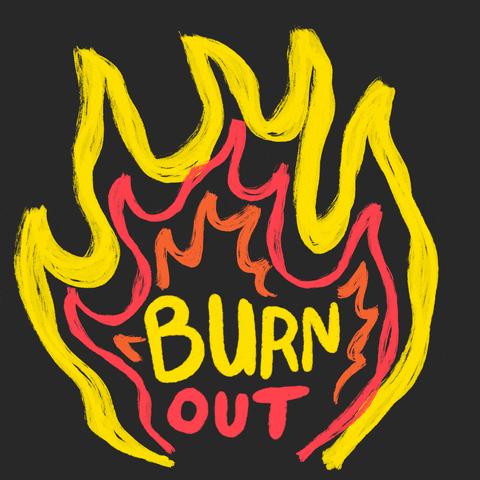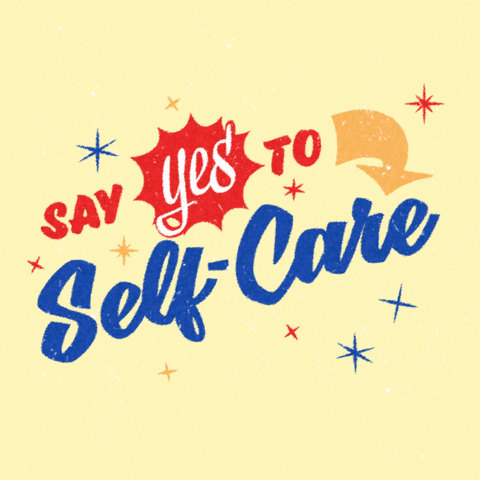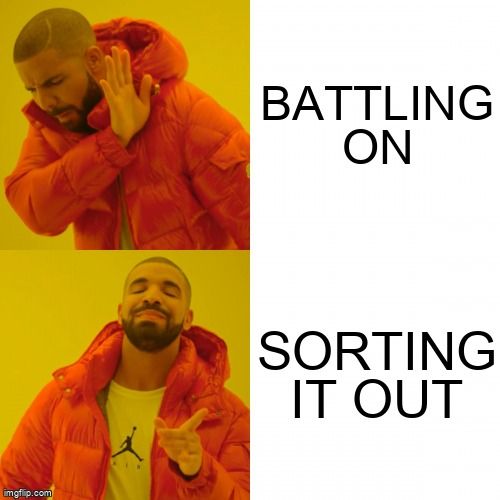
This logo isn't an ad or affiliate link. It's an organization that shares in our mission, and empowered the authors to share their insights in Byte form.
Rumie vets Bytes for compliance with our
Standards.
The organization is responsible for the completeness and reliability of the content.
Learn more
about how Rumie works with partners.

Imagine you're in a car.
Your gas tank is empty and you're running on fumes.
You continue to drive...
If you don't fill up, you can't go on and will break down.
Does this sound like your life?
If so, you may be experiencing burnout. Recognizing the signs of burnout can prevent you from breaking down and help to fill your tank back up.
What Is Burnout?
Burnout is a form of physical, mental and emotional exhaustion caused by constantly feeling overwhelmed.
It's different from stress because stress comes and goes, whereas burnout builds over time and can change your mindset from positive to negative.
Burnout can affect anyone. If you're feeling like this, you're not alone.

Don't worry, though! Burnout can be managed and reversed with awareness, understanding, and action.
Did you know?
What Can Contribute To Burnout?

Everyone is different, but there are some more common factors that can contribute to burnout:
Work stress
Taking on too many tasks
Working from home
Loneliness and isolation
Financial worries
Caring responsibilities
Lack of sleep
High expectations
Relationship pressures
Neglected physical health
Do you think any of these exist in your life?
Types Of Burnout
Not all burnout is the same. See if any of the three types resonate with you.

Overload Burnout
Are you working harder and harder in search of success?
Are you taking on so many tasks that you can't cope?
Do you often feel out of your depth?
Under-challenged Burnout
Do you feel unappreciated, bored, and unmotivated in your job?
Are there few opportunities to develop and progress in your career?
Does your work life feel like it's just the same thing every day?
Neglect Burnout
Are you putting work ahead of your private life and health?
Are you constantly struggling to keep up with demands?
Are you feeling passive and disengaged from your personal life?
You might relate to one type or a combination of the three.
Did you know?
What Are The Signs?

If you're experiencing burnout, typical signs are:
Lack of concentration
Changing sleep habits
Irritability and impatience
Lack of energy
Physical symptoms such as headaches and stomach problems
Lack of interest, satisfaction, and passion
Poor food or drink choices, such as fast food or increased alcohol intake
Lack of motivation
Cynicism and being critical about others
You may find that many of these apply to your situation.
Quiz
You started finishing work later and getting fast food on your way home to save time. You stopped exercising after work. What are some of the effects of continuing these habits long-term?
Weight gain, reduced energy and sleep struggles are all effects of burnout. Not having an outlet for stress relief is not an effect, but rather a contributing factor to burnout. Reintroducing exercise into your routine can help with weight gain, reduced energy and sleep struggles.
What You Can Do
Recognize the signs of burnout.
Evaluate: work out what's causing your burnout
Be mindful: stop and focus on the moment
Reverse the damage by getting support and managing your stress levels effectively.
Talk: speak to friends, family, and colleagues about how you feel
Resilience will come with good physical and mental well-being.
Relax: try to chill out and make time for yourself
Sleep: get enough sleep and set a routine
Exercise: play sports or do physical activity regularly
Above all else, speak to a mental health professional. They're best-placed to deal with mental health concerns and issues. Anxiety, depression, and stress can all be associated and confused with burnout.
Take Action
Help is available for people dealing with burnout.
It can affect anyone and can creep up on you without realizing it, so the sooner you recognize it, the sooner you can get help to manage it.

This Byte has been authored by
Matt Colledge
Learning Designer
This Byte has been reviewed by
Lana Do
MD, MPH, BCMAS
